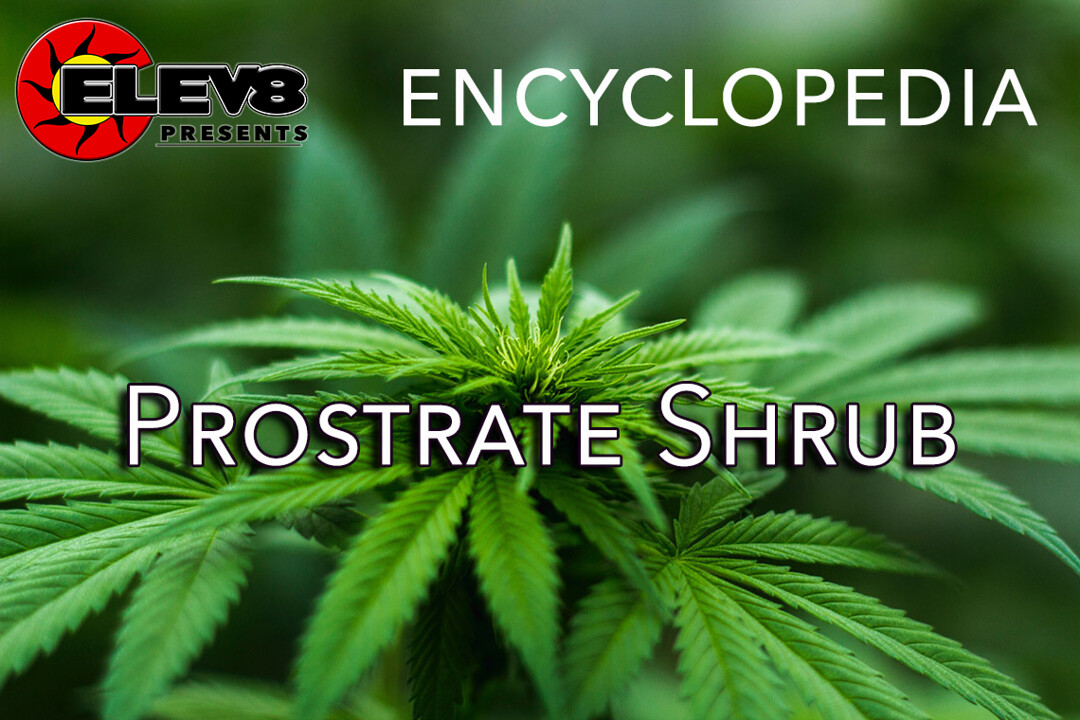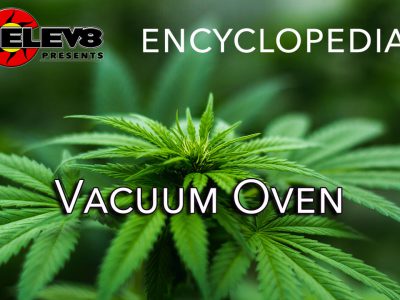What does Prostrate Shrub mean?
A prostrate shrub is a woody plant in which most of its branches lie upon or just above the ground, rather than being held erect as are the branches of most trees and shrubs.
Growing for a long time in length but for a limited time in thickness, prostate shrubs have a horizontal or a sub-erect axial shoot. As a result of this pattern of growth, the stems and branches of prostrate shrubs are very elastic.
Prostate shrubs often live to be about 1,000 years or even longer. Together with prostrate trees and under shrubs, they make up a special morphogenetic series of life-forms of woody plants and also appear as adaptations to conditions unfavorable for the growth of erect trees and shrubs.
More on Prostrate Shrub
Prostration may occur in shrubs because the supporting tissues in the stems are not strong enough to support the weight of the plant, thus causing the plant to bend until it reaches the ground. It may also occur due to a genetic disposition for branches to grow horizontally on or just under the ground.
Environmental factors such as strong winds laden with sand or salt may also tend to prune away erect branches, in turn creating a prostrate habit in plants that may not be predisposed to prostration.
Prostrate shrubs help control soil erosion and are used in horticulture as ground covers and in hanging baskets. They are also used to bind soils and prevent erosion in remedial landscaping. Prostrate trunks and limbs live longer than erect ones.
Prostrate forms are the principal components of the plant cover in the sub-arctic and sub-antarctic regions, in the mountains of temperate and tropical zones, and along ocean shores. Common prostate shrubs include Krummholz (elfinwoods) of Swiss mountain pine, dwarf stone pine, dwarf birch, willow, and heath.
Herbaceous prostrate plants that have rooted shoots are called creeping herbs, and those lacking rooted shoots are called decumbent herbs. Woody prostrate plants have adapted to severe soil and climatic conditions and are confined to sub-arctic, sub-antarctic, and alpine regions. Since they are close to the ground, they have an advantage in severe weather conditions.







